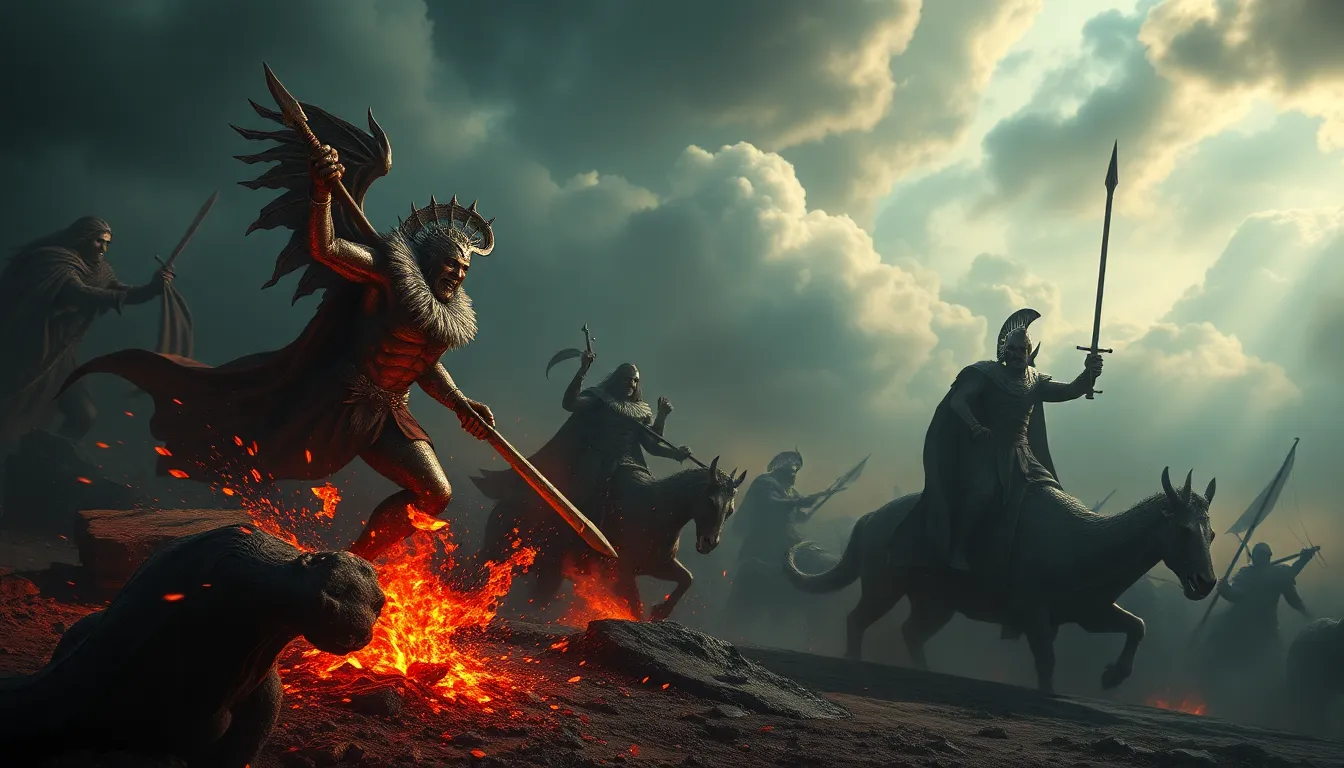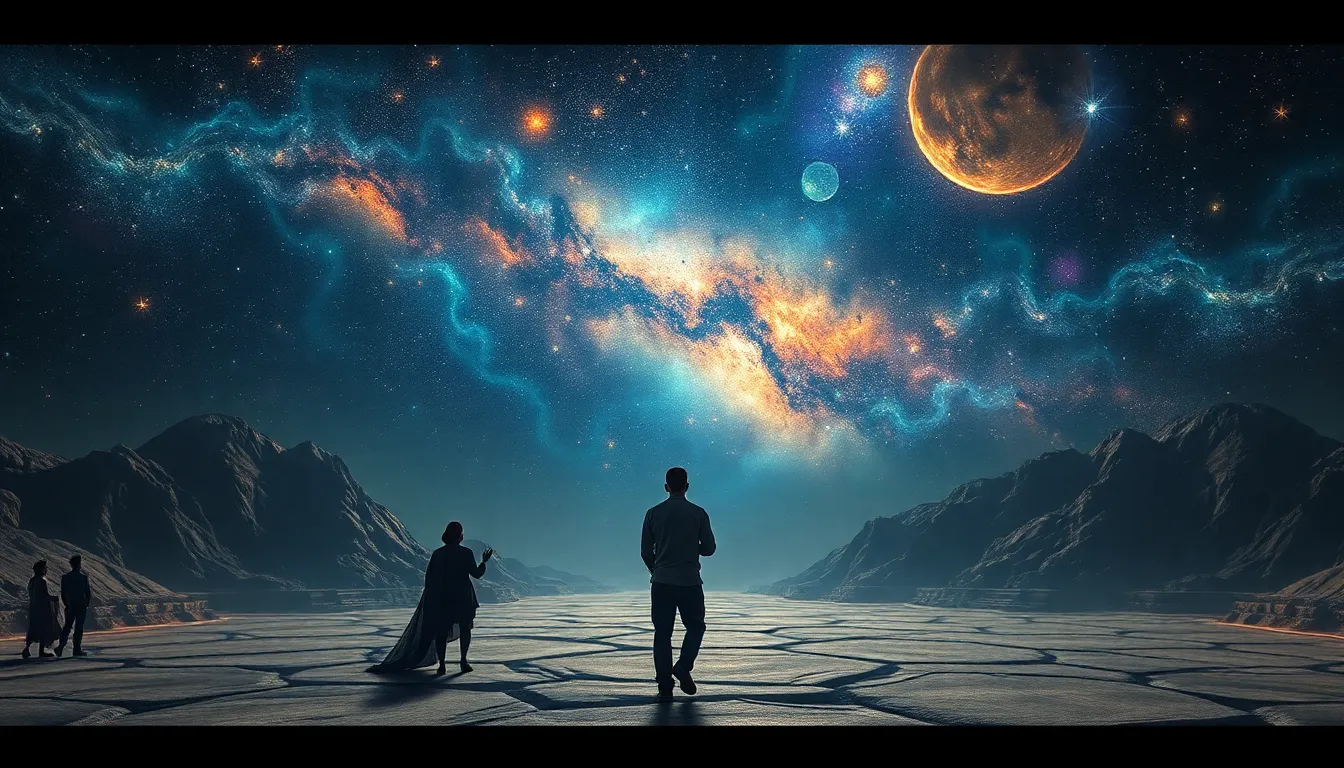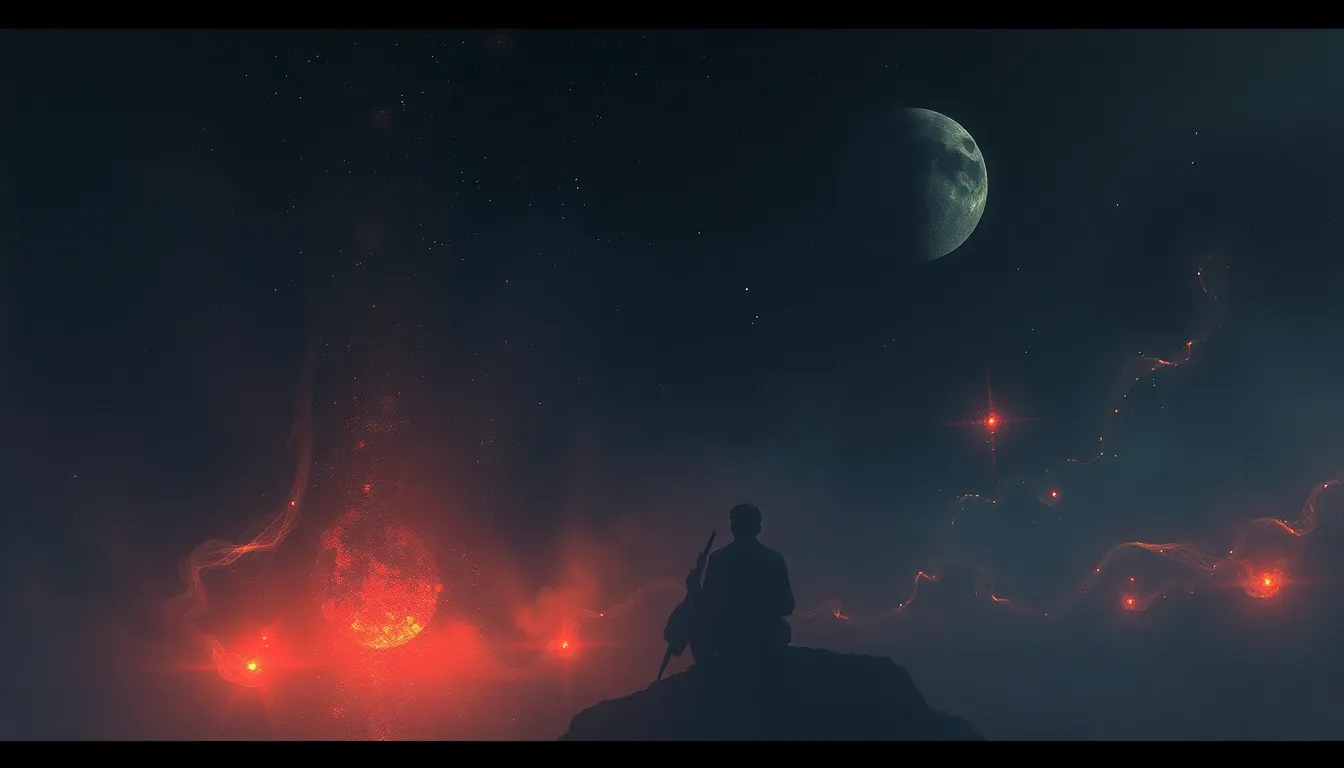Blood and Glory: The Fiercest Mythological Battles You Must Know!
Introduction: The Allure of Mythological Battles
Mythology has always captivated the human imagination, serving as a window into the beliefs and values of ancient cultures. Each civilization crafted its own tales of gods, heroes, and monsters, often interwoven with epic battles that not only entertained but also conveyed profound moral lessons. These mythological conflicts were instrumental in shaping narratives that explored the complexities of power, morality, and the human experience.
In this exploration of mythological battles, we will delve into some of the fiercest conflicts that have stood the test of time, revealing the significance of these stories in establishing the identities and values of their respective cultures.
The Epic Clash of Titans: Greek Mythology’s Gigantomachy
One of the most monumental battles in Greek mythology is the Gigantomachy, a fierce conflict between the Olympian gods and the Giants, offspring of Gaia. This battle was pivotal in establishing the supremacy of the Olympians over their foes and, by extension, affirming their divine rule over the cosmos.
Key figures in this epic clash include:
- Zeus: The king of the gods, wielding thunderbolts and leading the charge against the Giants.
- Hera: The queen of the gods, who played a crucial role in rallying the Olympians.
- Athena: The goddess of wisdom and war, known for her strategic prowess in battle.
- Heracles: The demigod hero who fought valiantly alongside the Olympians.
The Gigantomachy symbolizes the struggle between order and chaos, with the Olympians representing civilization and the Giants embodying primal forces. The victory of the gods solidified their reign and served as a reminder of the consequences of defying divine authority.
Ragnarök: The Norse Apocalypse
In Norse mythology, Ragnarök is the prophesied apocalypse that culminates in a cataclysmic battle between the gods and their adversaries, leading to the destruction and rebirth of the world. This event is marked by a series of signs and omens, including the death of key deities and the rise of monstrous foes.
Major deities involved in Ragnarök include:
- Odin: The Allfather, who faces Fenrir, the monstrous wolf.
- Thor: The god of thunder, destined to battle the serpent Jörmungandr.
- Loki: The trickster god, whose actions lead to the chaos of Ragnarök.
The cyclical nature of creation and destruction is a central theme in Norse mythology. Ragnarök emphasizes that even in the face of doom, there is a promise of renewal, with the world eventually rising anew from the ashes of the old.
The Mahabharata: India’s Grandest War
The Mahabharata, one of the longest epic poems in the world, centers around the Kurukshetra War, a monumental conflict between two factions of a royal family—the Pandavas and the Kauravas. This battle is not only a tale of warfare but also a deep philosophical discourse on duty, morality, and the human condition.
Key characters in this epic narrative include:
- Arjuna: A valiant warrior and one of the Pandava brothers, who struggles with his moral dilemmas on the battlefield.
- Krishna: Arjuna’s charioteer and divine guide, who imparts the profound teachings of the Bhagavad Gita.
- Duryodhana: The leader of the Kauravas, whose ambition and pride lead to the war.
The themes of dharma (duty) and the moral complexities of war are intricately woven throughout the Mahabharata, prompting readers to contemplate the nature of righteousness and the consequences of human actions.
The Battle of the Gods: Egyptian Mythology’s Contention of Horus and Set
The conflict between Horus and Set for the throne of Egypt is one of the most significant battles in Egyptian mythology. This struggle embodies the eternal themes of order versus chaos, as Horus represents the rightful rule and Set symbolizes disorder and violence.
The symbolism of this battle is profound, reflecting the duality of life and the necessary balance between opposing forces. The outcome of their fierce confrontations ultimately led to Horus’s ascension to the throne, signifying the triumph of order and harmony in the cosmos, which had significant implications for Egyptian cosmology and the way kingship was viewed.
The Duel of Wits and Strength: Beowulf vs. Grendel
In the epic poem “Beowulf,” the titular hero faces the monstrous Grendel, a creature that terrorizes the mead hall of Heorot. This battle is emblematic of the clash between heroism and monstrosity in Anglo-Saxon literature.
Beowulf’s confrontation with Grendel highlights several key themes:
- Heroism: Beowulf’s bravery and strength are put to the test as he fights an unarmed Grendel.
- Mortality: The battle underscores the transient nature of life and glory, as Beowulf’s eventual fate looms in the background.
- Monstrosity: Grendel represents the chaos and evil that heroes must confront and overcome.
The implications of Beowulf’s victory resonate throughout the poem, establishing him as a legendary hero while foreshadowing the inevitable decline of his own life.
The Clash of Civilizations: The Trojan War in Greek Mythology
The Trojan War, a legendary conflict that lasted for ten years, is one of the most famous stories in Greek mythology. Sparked by the abduction of Helen, wife of Menelaus, by Paris of Troy, this war features numerous iconic battles and characters.
Key characters involved in the Trojan War include:
- Achilles: The greatest Greek warrior, whose rage and conflict with Agamemnon shape the narrative.
- Hector: The noble Trojan prince and defender of Troy, whose tragic fate highlights the heroism of both sides.
- Helen: The catalyst of the war, whose beauty is both a blessing and a curse.
The Trojan War has had a lasting impact on Western literature and culture, inspiring countless adaptations and interpretations. It serves as a poignant reminder of the consequences of pride, love, and betrayal.
The Battle for Asgard: The Aesir-Vanir War in Norse Lore
The Aesir-Vanir War marks a significant conflict between two groups of gods in Norse mythology. The Aesir, including Odin and Thor, represent war and power, while the Vanir embody fertility and prosperity.
The resolution of this conflict led to a unique peace treaty, emphasizing the importance of cooperation between differing factions. This war reflects the complexities of divine relationships and the necessity of unity even among competing forces in the divine realm.
The Siege of Troy: The Role of the Gods in Human Conflicts
Throughout the Siege of Troy, the intervention of gods and goddesses played a critical role in shaping the outcomes of battles and the fates of heroes. Deities like Athena, Hera, and Apollo took sides, influencing the course of human affairs and highlighting the belief in divine involvement in mortal conflicts.
This interplay between the divine and human realms invites reflection on the nature of fate, free will, and the moral responsibilities of both gods and mortals. The Siege of Troy stands as a testament to the enduring power of mythological battles in exploring the complexities of existence and the human condition.



